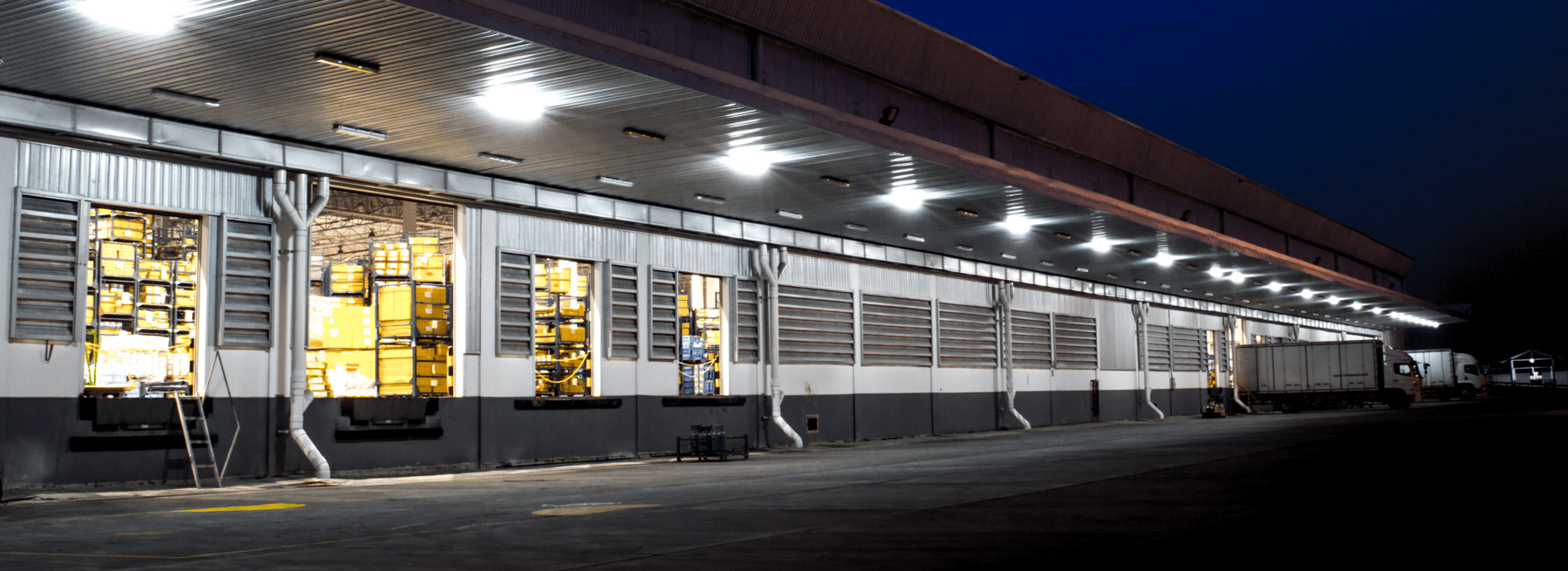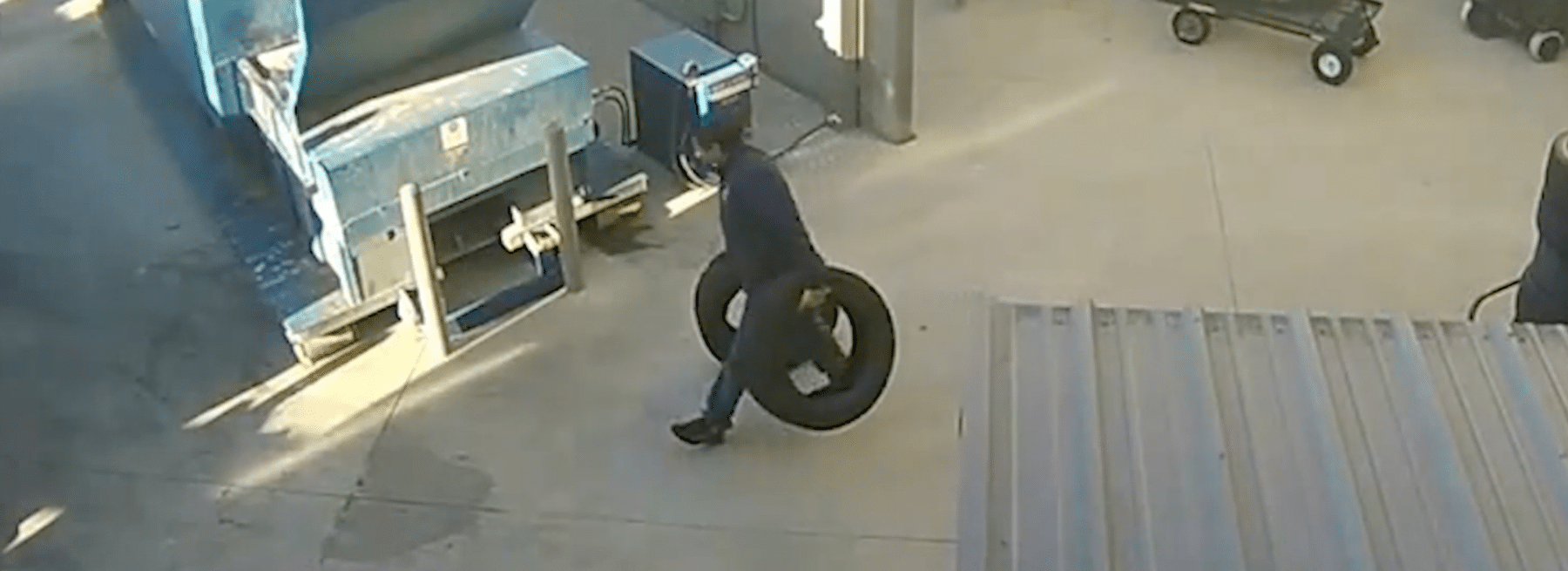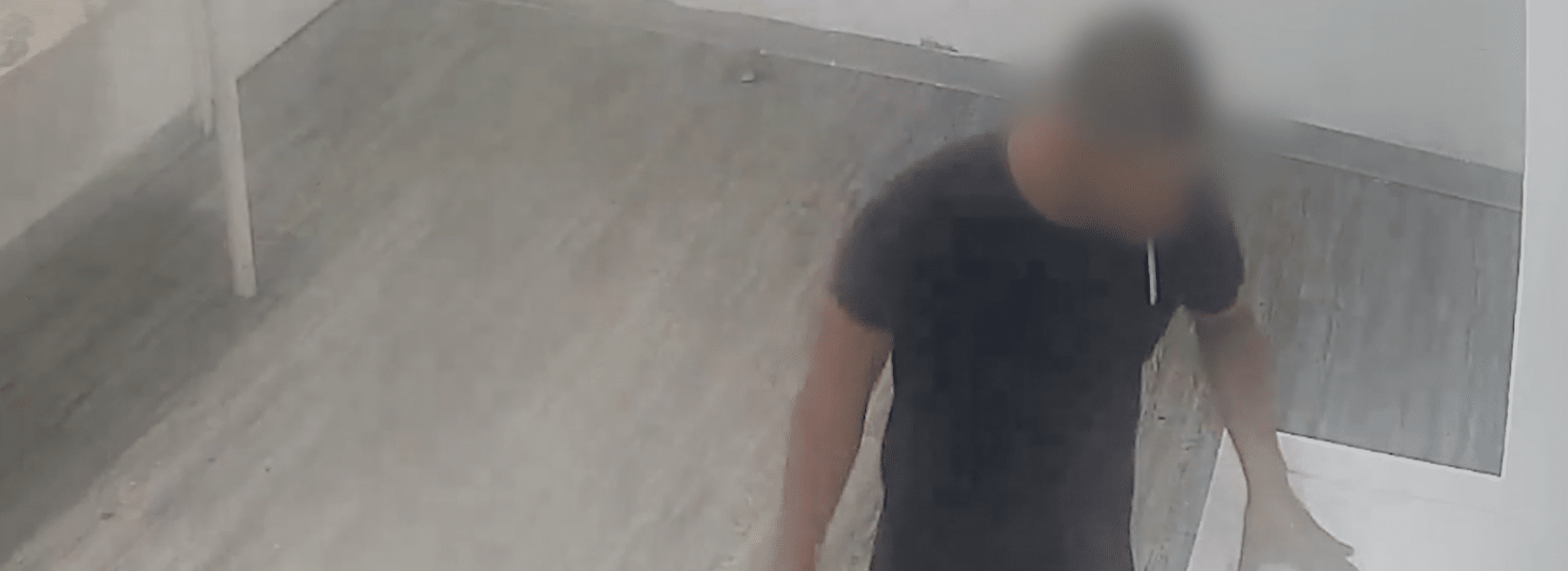Warehouses store a lot of expensive inventory and equipment. With people and transportation constantly flowing in and out of the warehouse property, it’s a constant hub of activity. It puts them at risk for many things.
Theft is a costly problem. Loss Prevention Magazine reveals that cargo theft is a $15 to $30-billion-dollar problem in the U.S. Even Canada struggles with cargo theft considering 2018 saw $27 million worth of cargo stolen.
A fire can also have devastating effects on the business. A small fire can quickly escalate and lead to huge losses of people and assets. That’s why it’s important to understand the warehouse security challenges and minimize them as much as possible. These are the three biggest warehouse security challenges that you can do something about.
1. Theft
Thieves like to target warehouses because of their high volume of inventory and high-value items. For instance, burglars stole more than $2 million in inventory from a makeup warehouse. Unfortunately, warehouse theft is not just an external problem. The thieves can turn out to be your employees. Amazon warehouse employees pilfered $100,000 worth of Apple products from the warehouse.
These incidents do not have to happen. Facility managers can bolster security and do it affordably. Here are six ways to reduce theft risks.
Landscaping
With more warehouses showing up in the suburbs, companies opt to add trees, bushes, and other greenery to improve aesthetics. Alas, this gives thieves hiding places or a way inside without anyone seeing them or cameras spotting them.
Landscaping has two factors. One is the design. For instance, you don’t want trees near the building. Suspects can climb the trees to access the building. You want to avoid having shrubs right by the parking area where suspects can hide and stalk someone walking from the car to the warehouse and vice versa.
The second part is regular maintenance. Overgrown greenery adds hiding spots and gives thieves a way to enter the warehouse. Review your landscape design and maintenance plan.
Lighting
Dark and shadowy areas increase warehouse security risk. If you have a parking area or garage for employees, it needs appropriate lighting. It is one of the more affordable and effective security options.
Brighter does not always work well because it can be harsh and uncomfortable. Of course, dim lighting does not always make people feel safe. Target for the right color and right amount of lighting. A security consultant can make recommendations.
Check those stairwells in the garage and look for blind spots and shadowy areas. You also want to consider the spacing between lights. If they’re too far apart, people will not feel as safe and criminals can work around it. Remember to check the lighting around the dumpster as that can be a security issue since people can go dumpster diving or drop off huge piles of trash.
Signs
Many homeowners post signs at their front and back entryways that announce an alarm company is protecting their home. This is a powerful deterrent.
Signs that warn “This property is under 24-hour video surveillance” or “All activities monitored by video camera” work the same way. Just be sure to have cameras in full view. (More about on that shortly.) Experienced criminals know some businesses post these signs and do not really have surveillance.
Access Control System
If you have a parking garage, you can put up a security gate that only lets employees in when they swipe their badges on the access control system. You can also put the security gate on the road that leads to the warehouse.
Employees would also swipe their badges when they enter the building. The cool thing about an access control system is that you can limit access to specific areas or rooms in the warehouse. When an employee leaves the company, simply revoke access.
Another awesome thing about this system is that you can integrate it with remote video monitoring. The technology can match the time stamp on the access control system with the video.
Live video monitoring
While the sight of cameras and warning signs are effective deterrents, they will not stop everyone. Some suspects wear masks. Others think they can still get away with the crime. Warehouse video cameras can help catch activity going on in and around the property.
However, for it to maximize its effectiveness, people need to watch those cameras. Employees who know the property is under surveillance think someone is keeping a watchful eye over them. They may feel more secure knowing that if something happens, the system will have a recording, and someone will call for help.
Imagine what would happen if someone gets hurt or robbed and no one came to help. This is how unmonitored cameras turn into a liability. Remote video surveillance with an audio deterrent does not always have that kind of liability.
In this setup, a trained operator watches the entire property on monitors. As soon as something suspicious happens, the monitor can alert the suspect through the speaker warnings. If the suspect does not leave, then the operator can call the police and stay on the line while tracking the suspect until officers arrive.
Moreover, warehouse live video monitoring can do much more than catch criminals. It can also help companies improve processes and operations, spot and report safety hazards, and help prevent fire and floods from escalating.
2. Fire
Warehouse fires are more common than most people realize. The National Fire Protection Association’s “Structure Fires in Warehouse Properties” states that U.S. fire departments have responded to an average of 1,450 fires on warehouse properties. These fires are responsible for a yearly average of $283 million in damage, 16 injuries, and two deaths.
The two most common causes for fires are intentional and electrical distribution and lighting equipment. Only 25 percent of the warehouse fires are contained incidents. This means warehouses need a way to respond to the fire as early as possible. The following three ways can help reduce warehouse fire risk.
Fire Detection and Suppression Systems
The most effective way to reduce fire risk is to have fire detection systems like smoke alarms and fire suppression systems, such as sprinklers, fire extinguishers, and fire doors. Those detection systems need regular inspection to ensure they are in good working order.
Employee Training
Remember those fire drills from grade school? Nuisance or not, this is how the school trains the kids and staff on what to do in case of a fire or other emergency. Everyone appreciates them when a real emergency happens.
Employees need to learn the evacuation process to ensure they safely exit the building without running over each other. They also provide an extra pair of eyes in identifying and reporting fire hazards.
Remote Video Surveillance
Warehouse security cameras also come in handy with fire detection. Considering one-quarter of the fires are intentional, monitoring the warehouse makes it possible to help catch someone trying to start a fire. The operator observing the cameras can call the fire department to quickly contain the fire as well as the onsite manager to get people out of the building.
For those electrical-related fires, a video monitoring system can help detect temperature changes and report them. A warehouse contains expensive equipment and inventory. It is critical to stop the fire ASAP to minimize loss.
3. Employee Safety
Employees working in a warehouse do a lot of physical work. It is typically not a matter of whether someone will get hurt, but when. Slips and falls happen. Not only do you want to ensure employees avoid accidents and injuries, but also minimize liability risk. An employee injured on the job can file for worker’s compensation and possibly pursue a lawsuit.
Although it is impossible to completely avoid accidents and injuries, you can reduce risk by taking these steps.
Job and Equipment Training
As employees learn how to do tasks and use the equipment, their training needs to cover the proper and safest ways to do the job. Creating checklists can make a big difference. Before they operate machinery or equipment, they would review the checklist to verify everything is done before turning it on.
During the training, encourage them to report any hazards from wet floors to out-of-place objects. Training should not be a one-and-done thing. The companies with the best safety records conduct safety training regularly. It can be simple reminders in the morning huddle to monthly refreshers. Management also conducts risk assessments on a scheduled basis.
Warehouse Security Cameras
Strategically placed cameras in and around the warehouse property can identify potential hazards before accidents happen. If someone gets injured, people may not see or hear the person. An operator watching the cameras can quickly call 9-1-1, report it to an onsite manager who can send help, or both.
Video monitoring can also observe employees’ handling of equipment. It can help save an employee’s life when the cameras show an employee acts recklessly or does not take the proper precautions. Recordings from the surveillance can capture near-miss incidents for use in employee training.
As a bonus, video monitoring can help reduce insurance premiums. The presence of cameras and someone watching the cameras tells the insurance company that you have taken extra steps to lessen your risk. The less risk your warehouse presents, the lower the premiums.
Companies invest heavily in the design of the warehouse to maximize their space and efficiency. When they overlook warehouse security challenges like these, they risk losing their investment. The right security solutions deliver a fast ROI, help protect employees, improve productivity, and increase the bottom-line.
Check out this warehouse security video of thieves fiddling with a trailer. A trained operating monitor from Stealth watching the cameras issues an audio warning and the suspects ignore it. By this point, the operator has called the police who arrive at the warehouse in time to capture the suspects. If you’d like to learn more about warehouse security, please contact us.





